Community reacts to recent shootings, racial tensions
Since the deaths of both Philando Castile and Alton Sterling nearly two weeks ago, Philadelphia residents have held marches and vigils in support of the two…
Since the deaths of both Philando Castile and Alton Sterling nearly two weeks ago, Philadelphia residents have held marches and vigils in support of the two young men.
The demonstrations are bringing attention, once again, to the widespread movement of Black Lives Matters.
A diverse crowd filled the auditorium of the African American Museum in Philadelphia last Sunday. Young, old, Black and white sat together waiting for the “Arresting Patterns Town Hall” to begin.
The town hall had been planned weeks prior to the horrific three days of shootings that unsettled many.
It was an unfortunate coincidence that the town hall was scheduled around the same time of the outbreak of violence, Patricia Wilson Aden, president and CEO of the museum said.
“We believe that we are a community forum and it is part of our mission to be at the forefront of these kind of issues and to facilitate these discussions,” Aden said. “It is also something that we believe demonstrates in a very dramatic fashion the relevance of our role in the community, the relevance of our programming and the way we go about presenting art history and culture in the community.”
The expert led panel discussion was moderated by Erica Atwood, CEO of First Degree Consulting, and included J. Jondhi Harrell, executive director of The Center for Returning Citizens, Abby Dobson, 2016 Artist-in-Residence with the African American Policy Forum, Renaya Furtick Wheelan, co-founder and executive director of I’m FREE, and Stanley Morgan, assistant crew leader of Powercorp PHL.
The town hall started with a strong and touching performance entitled “Say Her Name” by Abby Dobson that showcased the different acts of police brutality, past of present, against African-American women.
“There is amazing energy in this room right now,” Atwood said. “This has been a very tough week and what we want to do today is build solidarity.”
Atwood instructed the audience to “do the church thing” and look at those who were sitting to their left and right. Members of the audience could be heard saying in unison, “hello family” as the program formally began.
“As we go through these very tough topics today, remember that we are here in solidarity as a village,” Atwood continued.
After introducing the panelists, the conversation centered around the ongoing violence against African Americans began. It’s a much calmer discussion than other gatherings that have happened so far in the city, though the occasional outburst of anger and frustration could sometimes be heard.
This shows, Aden said, that people are very much engaged and that this is top of mind and top of conscious.
“I was very pleased to see as I walked through our gallery, that it's a very diverse crowd,” Aden said. “You have white, Black, young and old and to have them come to this museum for this kind of discussion is ultimately the goal not only for this program but other programs as well.”
Because of the ongoing violence and mistreatment of African Americans, Atwood asked what could be done for communities to get deeper involved in order to dismantle the systems that create disparities in communities.
To combat such a system that’s being opposed, Harrell added, it’s going to take a unified effort.
“We ask the question, do Black lives matter? Historically in this country, Black lives have never mattered, from the time we came here and all through our history the life and the value of Black people was tied to the economy of this capitalistic racist white supremacist system,” Harrell said. “That is the reality of America and it is still the reality of our lives.”
Aden added that it would be above and beyond the role of any one museum or institution to believe that they could calm the nation wide swell of emotions around the topic.
A museum’s role, she said, is to encourage ideas and to encourage people to think.
“So it is part of that process to have an open dialogue, to have an exchange of ideas. I think an essential part of our role as a cultural stewart to ensure that we do not present ourselves as static,” Aden said. “That we are lively and vibrant and as interactive as the world outside these four walls. And so having that kind of open discussion, the back and forth that is always part of a real dialogue we think that an open dialogue is reflective of the energy that is going on outside of the museum.”


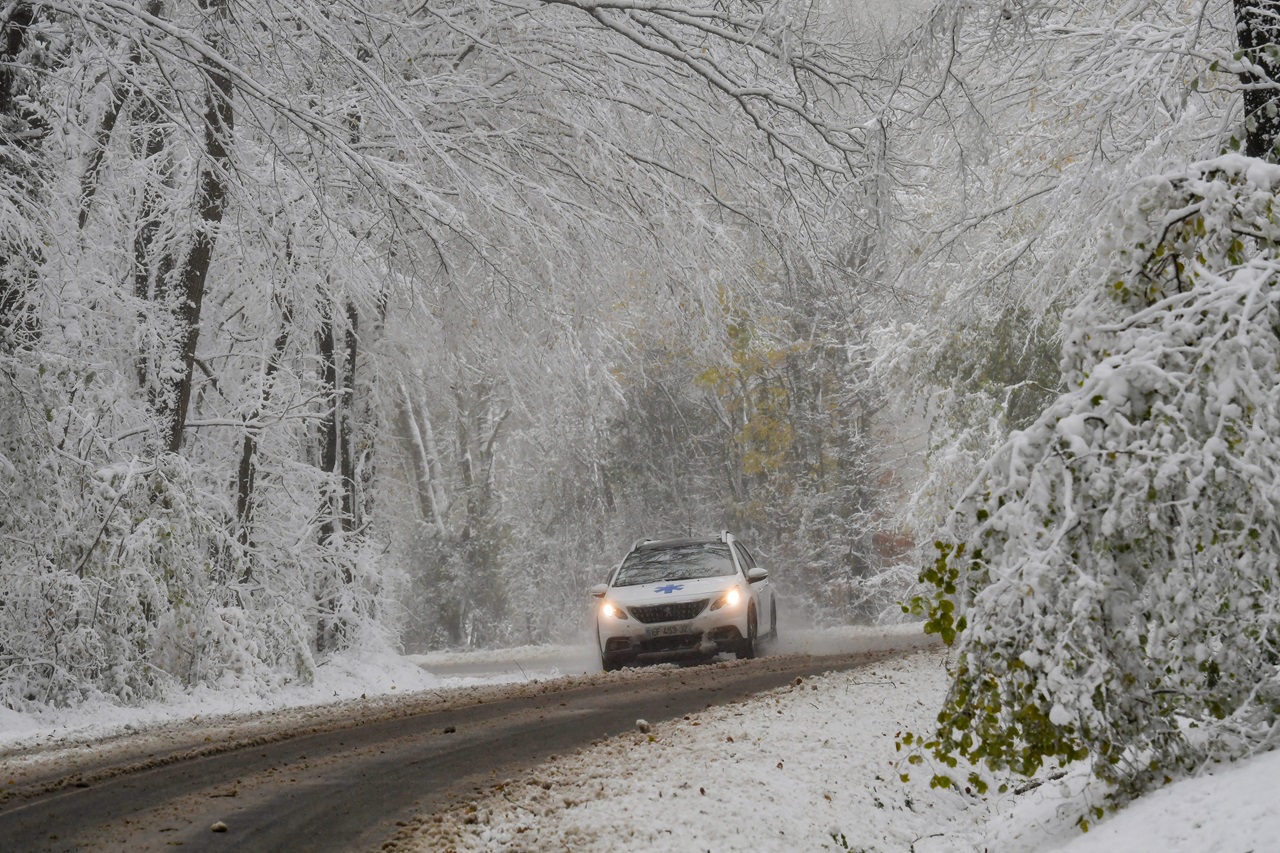

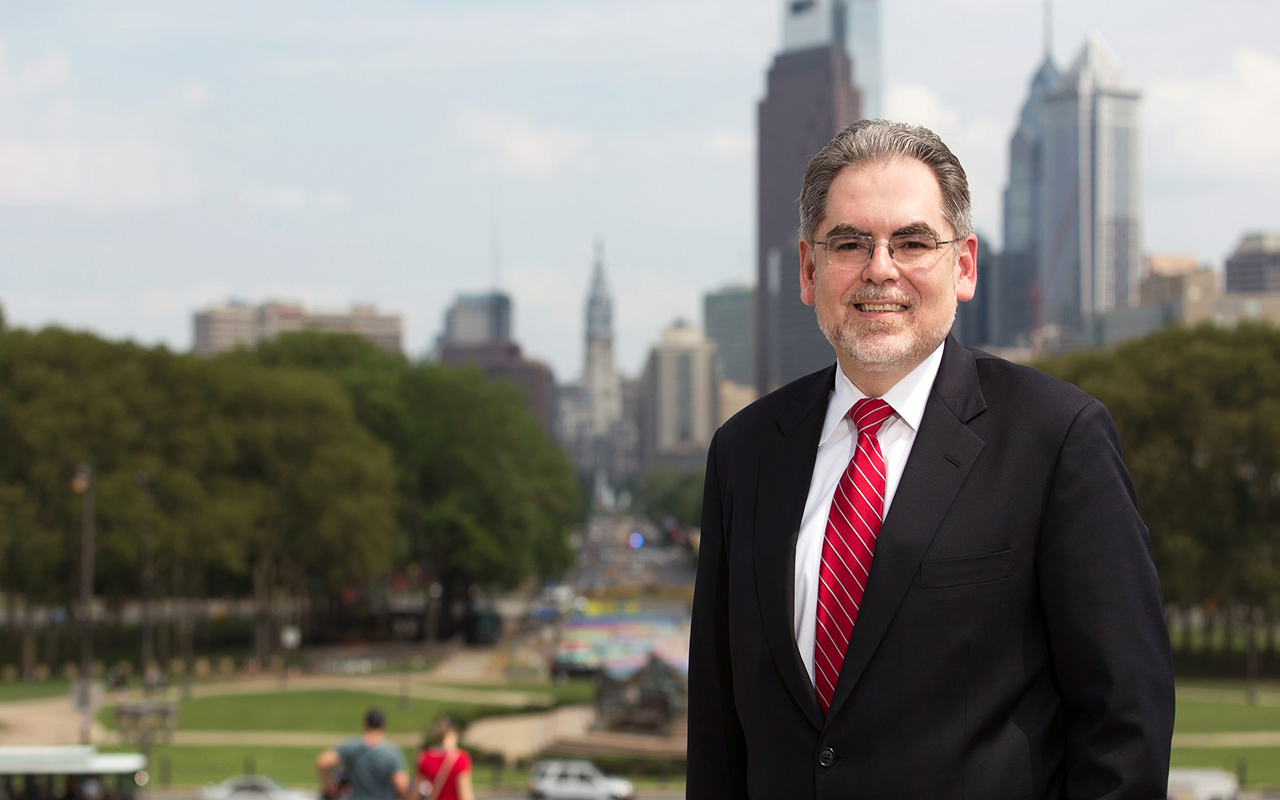
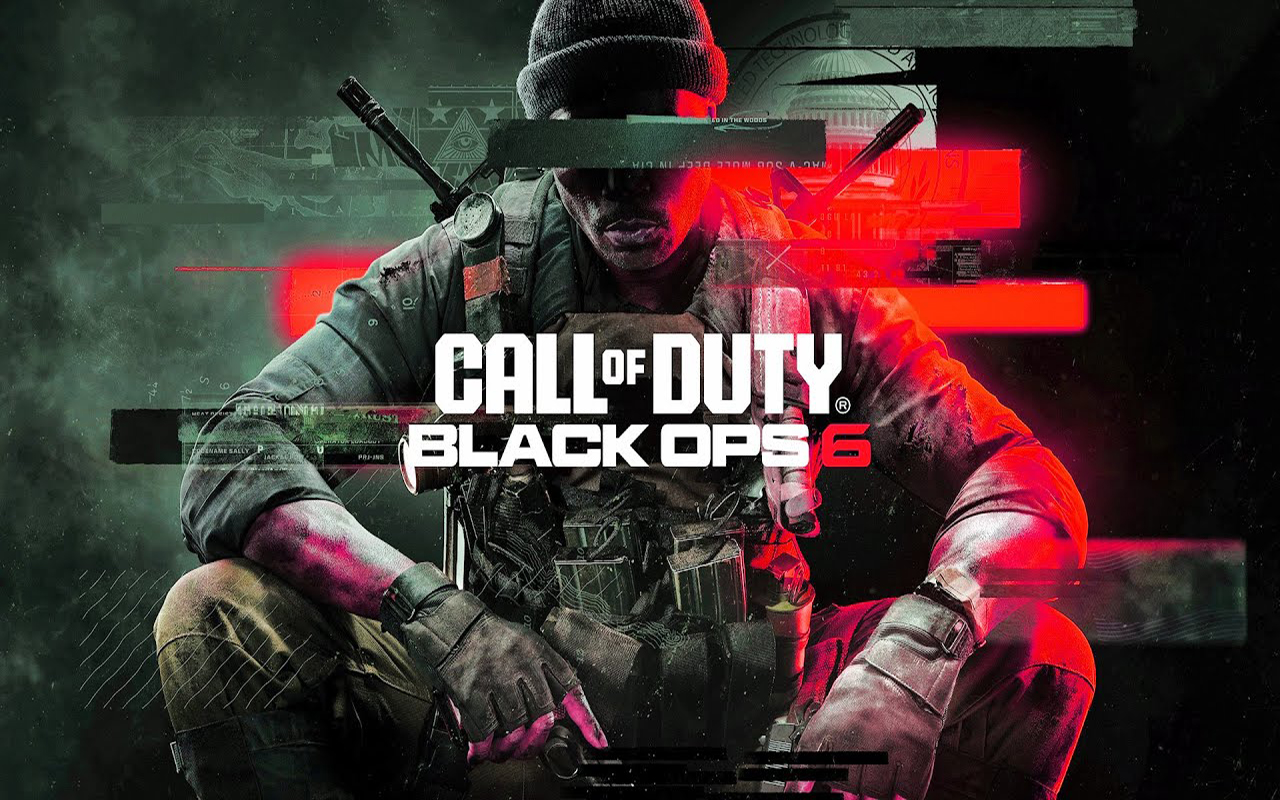
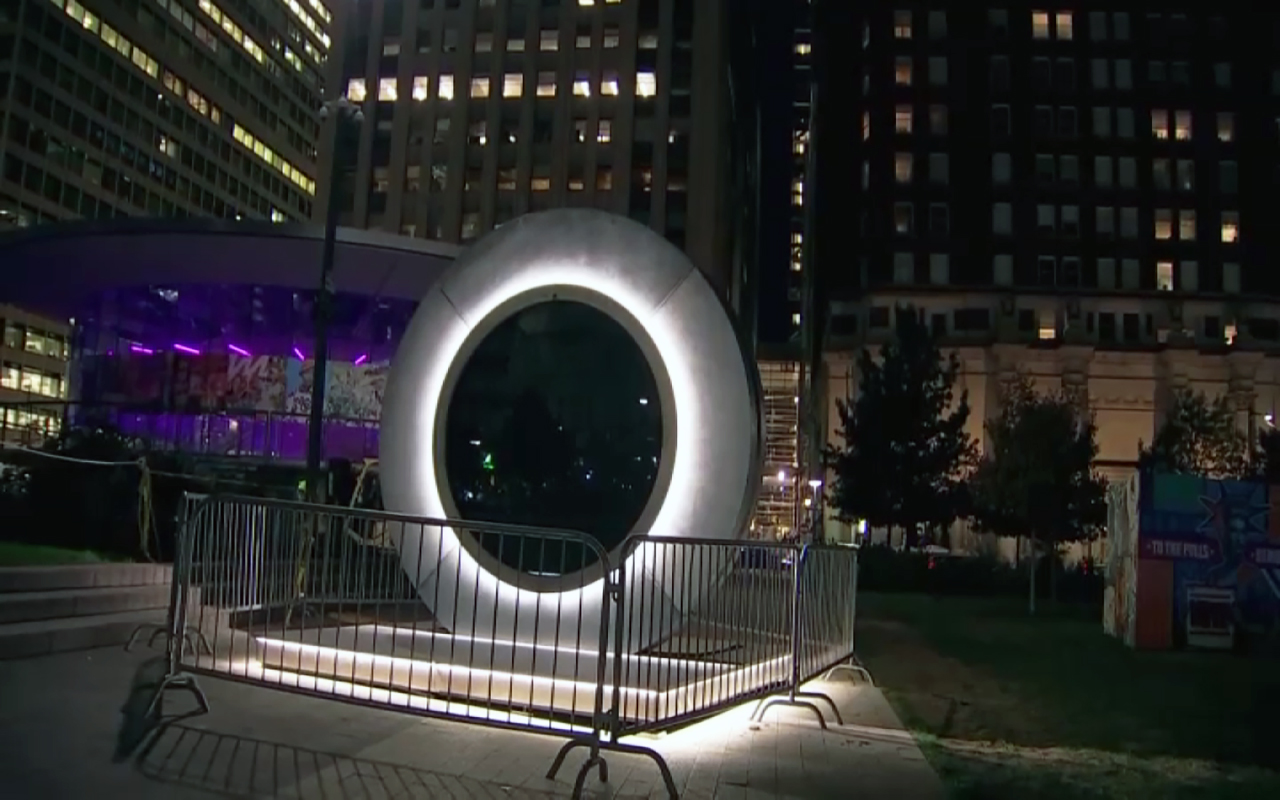
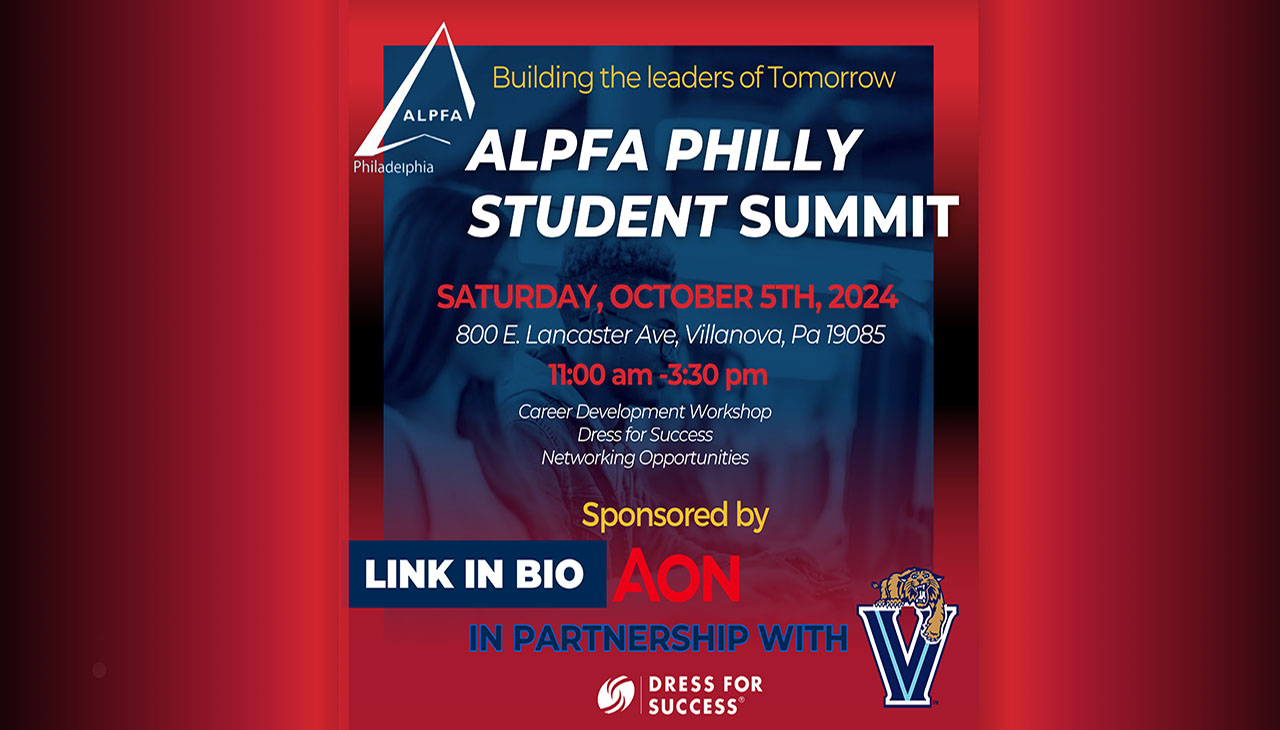

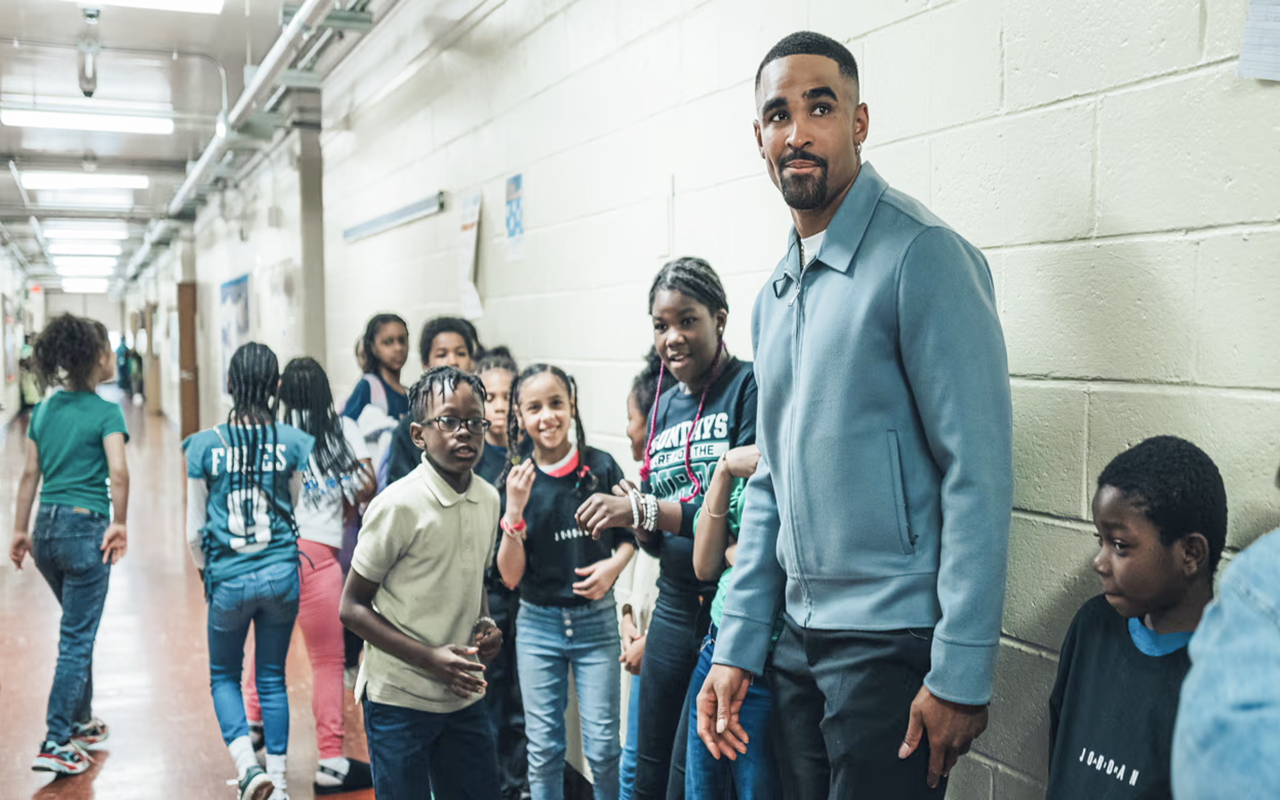
LEAVE A COMMENT:
Join the discussion! Leave a comment.